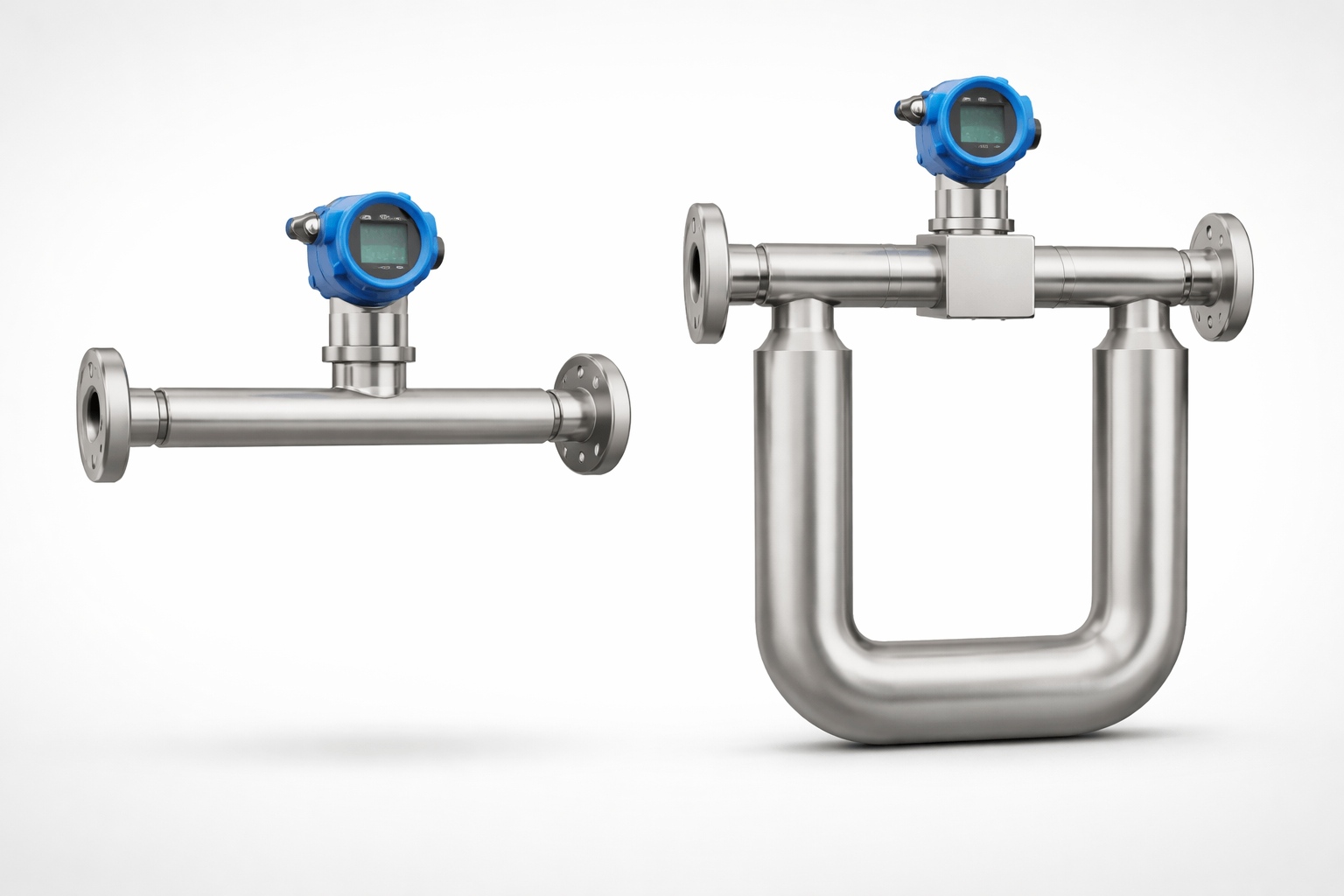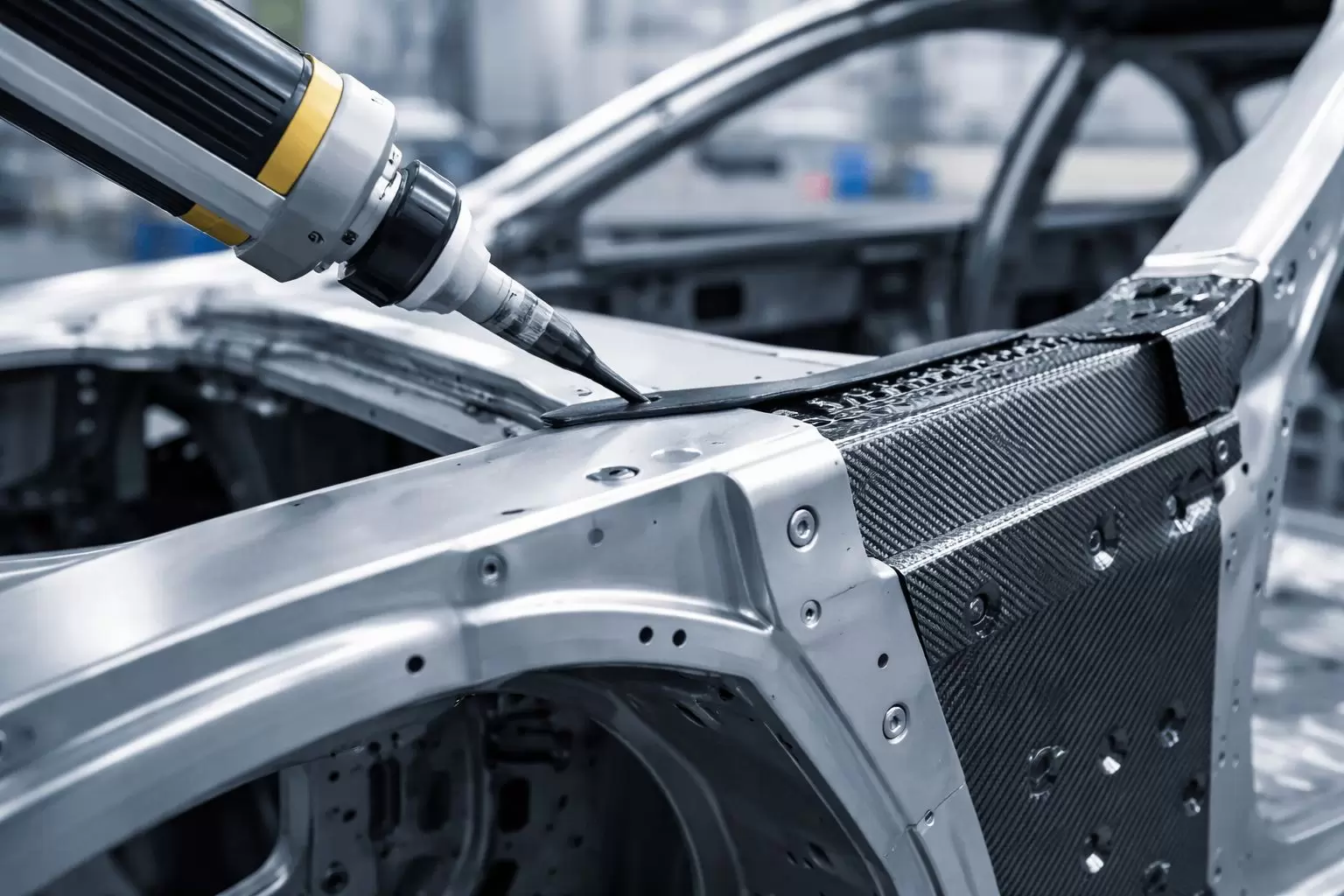Mechanical ventilation has revolutionized critical care medicine, providing life-saving support to patients with respiratory failure. However, despite its undeniable benefits, mechanical ventilation is not without its disadvantages. In this article, we will delve into the multifaceted drawbacks of mechanical ventilation, exploring its physiological, psychological, and logistical implications. This comprehensive analysis aims to equip healthcare professionals and patients alike with a deeper understanding of the potential complications associated with this vital intervention.
- Physiological Complications
1.1 Ventilator-Induced Lung Injury (VILI)
One of the most significant concerns with mechanical ventilation is the risk of ventilator-induced lung injury. This condition arises from the mechanical forces exerted on the lung tissue during ventilation. High tidal volumes and excessive airway pressures can lead to barotrauma, volutrauma, and atelectrauma, resulting in inflammation and further lung injury. Strategies such as lung-protective ventilation, which employs lower tidal volumes, have been developed to mitigate this risk, yet the potential for VILI remains a critical consideration.
1.2 Respiratory Muscle Weakness
Prolonged mechanical ventilation can lead to respiratory muscle weakness, a condition often referred to as ventilator-induced diaphragm dysfunction (VIDD). The disuse of respiratory muscles during mechanical ventilation can result in atrophy and decreased strength, complicating weaning processes and prolonging the duration of mechanical support. This phenomenon underscores the importance of early mobilization and the implementation of spontaneous breathing trials to preserve respiratory muscle function.
- Psychological Impact
2.1 Delirium and Anxiety
Patients undergoing mechanical ventilation often experience significant psychological distress, including delirium and anxiety. The inability to communicate, coupled with the discomfort of being on a ventilator, can exacerbate feelings of fear and helplessness. Studies have shown that up to 80% of mechanically ventilated patients may experience delirium, which can lead to long-term cognitive impairment. Implementing sedation protocols and providing psychological support are essential in mitigating these adverse effects.
2.2 Post-Traumatic Stress Disorder (PTSD)
The experience of mechanical ventilation can be traumatic for patients, leading to the development of post-traumatic stress disorder (PTSD) in some individuals. Symptoms may include flashbacks, nightmares, and severe anxiety, which can persist long after the patient has been weaned off the ventilator. Recognizing the potential for PTSD and providing appropriate mental health resources is crucial for improving long-term outcomes for these patients.
- Logistical Challenges
3.1 Resource Intensity
Mechanical ventilation is resource-intensive, requiring specialized equipment, trained personnel, and continuous monitoring. The demand for ventilators can strain healthcare systems, particularly during public health emergencies, such as the COVID-19 pandemic. This resource intensity can lead to challenges in patient allocation and prioritization, raising ethical dilemmas regarding access to care.
3.2 Infection Risks
The use of mechanical ventilation is associated with an increased risk of ventilator-associated pneumonia (VAP), a common nosocomial infection. The presence of an endotracheal tube provides a direct pathway for pathogens to enter the lower respiratory tract, increasing the likelihood of infection. Implementing strict infection control measures, such as elevating the head of the bed and performing regular oral care, is essential in reducing the incidence of VAP.
- Conclusion
While mechanical ventilation is an indispensable tool in modern medicine, it is crucial to recognize and address its disadvantages. From physiological complications like ventilator-induced lung injury and respiratory muscle weakness to psychological impacts such as anxiety and PTSD, the challenges associated with mechanical ventilation are multifaceted. Additionally, logistical issues, including resource intensity and infection risks, further complicate its use.





